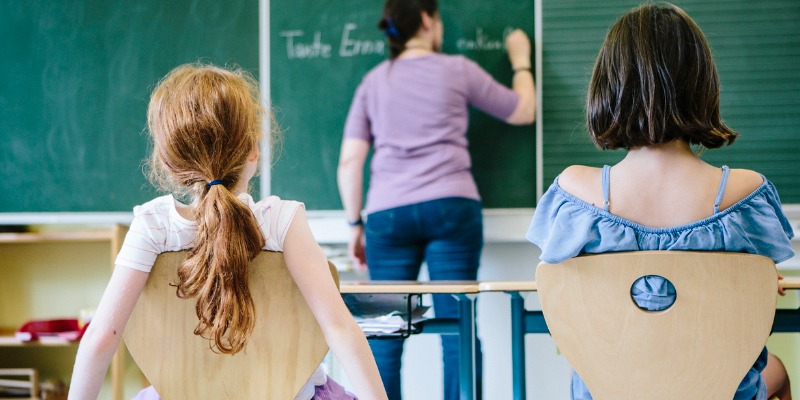Ontario’s ‘discovery math’ disaster underscores need for renewed focus in schools

In new parent guide to the school system, the Ford government underlines its commitment to back-to-basics learning. According to the guide, the government has sought to “refocus our education system on academic achievement that sets students up for success with real-life and job skills” adding that this “starts with clear priorities set out by the province on school boards that require them to focus on foundational back-to-basics learning on reading, writing, math and STEM education.”
The renewed focus on foundational back-to-basics math in particular is sorely needed. For years, Ontario has experimented with “discovery math,” which encourages students to invent or “discover” their own ways of doing math without first being given explicit instruction on how to do so. The outcomes have been disastrous, as evidenced by the province’s Education Quality and Accountability Office test results—in 2022-23, only 50 per cent of Grade Six students met provincial standards in math.
To be clear, this low rate of success is not because standards are too high. Here's a sampling of questions from the Grade Six test: a recipe for muffins requires 2/3 of one cup of milk. How many cups of milk are needed to double the recipe? The multiple choices are: 2/6, 3/4, 4/3 or 4/6. Another question: A group of 6 students share 3 L of water equally. How many millilitres of water does each student receive? The multiple choices: 50 mL, 500 mL, 2000 mL or 3000 mL. And a third question: What is 7p + 4p? The choices are: 11p, 11, 28p or 28.
These are not difficult questions. It’s a very bad sign that half of Grade Six students fail to meet standards on tests like these.
In addition to the obvious evidence of “discovery math” failure in Ontario, in Australia researchers with the Centre for Education Statistics and Evaluation and the Institute for Social Science Research at the University of Queensland found that secondary school students who experienced “explicit teaching” (which involves teachers telling students what they’re expected to do and how to do it, contrary to the “discovery” approach) fared materially better.
Specifically, as the New South Wales Department of Education summarizes, the researchers found in Year 7 (the first year of secondary school), “students who experience explicit teaching practices are on average 1.8 months ahead in learning. In Year 9, this increases to 2.4 months of learning.” And the effects are long-lasting: “When a student experiences explicit teaching practices in Year 7 they are on average 4 months ahead in learning by Year 9—regardless of whether they continue to experience explicit teaching after Year 7.”
Explicit teaching is interactive and engages students. As the New South Wales Department of Education reports, the study also finds “explicit teaching improves learning by fostering student motivation and engagement.” These positive effects are especially evident among students whose prior academic achievement is lower.
“The reason I loved this practice so much as a teacher was because I found it did not discriminate,” said the secretary of the NSW Department of Education. “Whether a child is struggling or accelerating beyond their class or stage level, explicit teaching is proven to help all learners reach their potential.”
By contrast, Ontario’s discovery math regime is clearly not helping students reach their potential. The Ontario government’s return to “back-to-basics” is long overdue.

